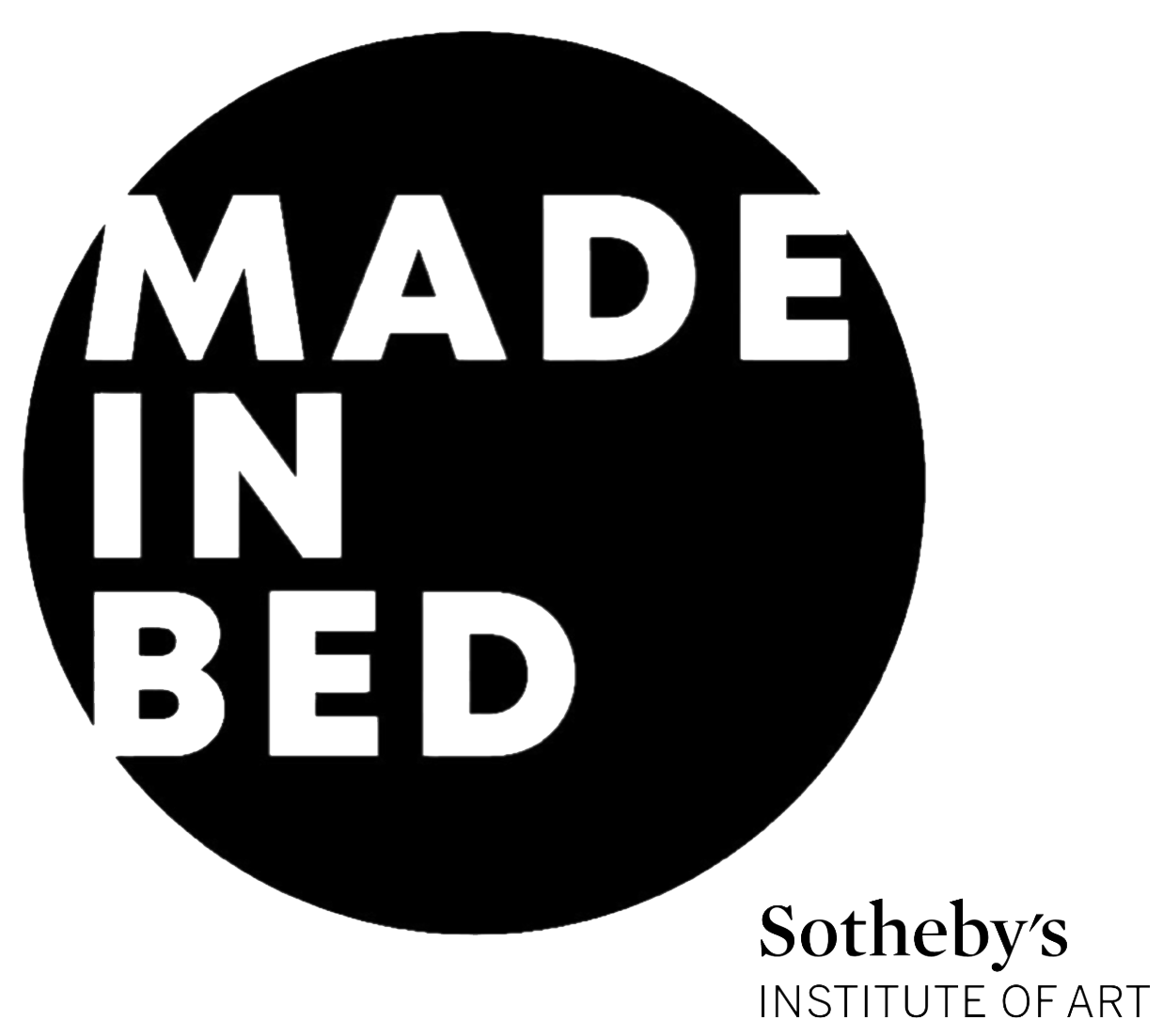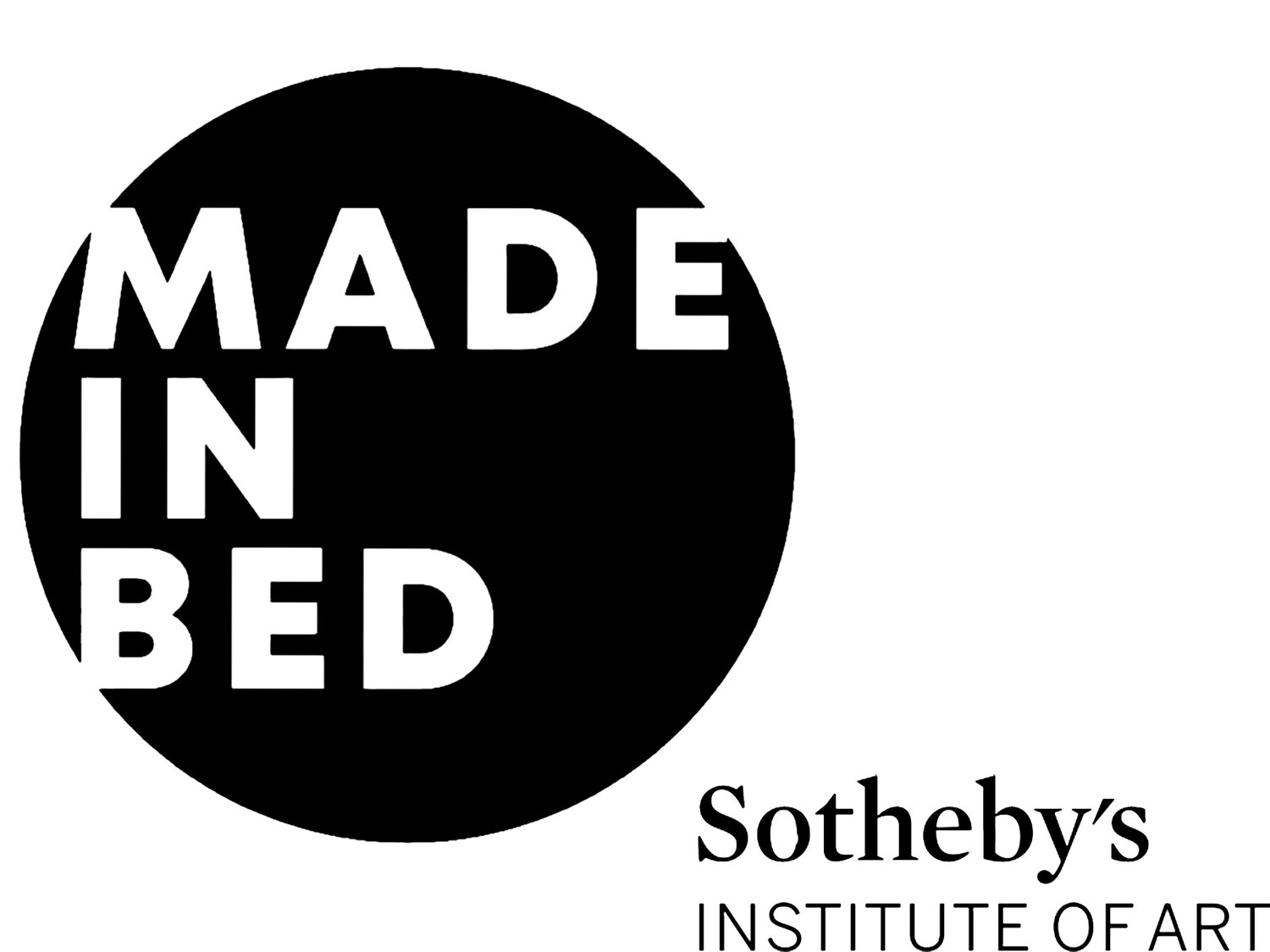Koyo Kouoh: The Newly Appointed Curator of the 2026 Venice Biennale
In the final weeks of Adriano Pedrosa’s Venice Biennale, controversially titled Stranieri Ovunque - Foreigner’s Everywhere, the board of La Biennale di Venezia met to decide the show’s future. The result was the appointment of Koyo Kouoh as Artistic Director of the 61st Venice Biennale, which was publicly announced in early December, 2024.
Portrait of Koyo Kouoh, 2025, by Stella Koslowski
Kouoh, a Swiss-Cameroonian curator, has served as the Executive Director and Chief Curator of the Zeitz Museum of Contemporary African Art (Zeitz MOCAA) in Cape Town since 2019. She curated Ireland’s Biennale, Eva International, in 2016 and has formed part of the curatorial teams for both documenta 12 and 13. Kouoh also played a significant role in the development and curation of 1-54 Contemporary African Art Fair in London and New York. Prior to this, she founded RAW Material Company, a transdisciplinary art center in Dakar, Senegal. Kouoh describes art as a global connector whose resonances and value remain underrated but have the power to facilitate change. In her words: “art is something we only know that we don’t have when it’s gone, like health”. [1]
Kouoh’s appointment as Artistic Director foregrounds Africa’s artistic contributions to the global arena and reinforces the crucial role women have played in shaping the African art ecosystem. While the 61st Venice Biennale is still in its infancy, a closer look into Kouoh’s curatorial approach may help us gauge what’s in store for April 2026 and what this curator’s leadership will bring to artistic discourse globally.
Koyo Kouoh was named Artistic Director of the 61st Venice Biennale upon the recommendation of President Pietrangelo Buttafuoco who stated:
“The appointment of Koyo Kouoh as the director of the Visual Arts Sector is the acknowledgment of a broad horizon of vision at the dawn of a day profuse with new words and eyes. Her perspective as a curator, scholar, and influential public figure meets with the most refined, young, and disruptive intelligences. With her here in Venice, La Biennale confirms what it has offered the world for over a century: to be the home of the future.” [2]
Buttafuoco’s decision and statement came as a surprise to those who expected La Biennale to follow a ‘more nationalistic course under the right-wing Meloni government’ which he openly supports. [3] Some expected Adriano Pedrosa’s tenure to be the last to challenge Eurocentrism, and many questioned whether this international exhibition would become a populist venture rather than an autonomous platform for free thinking, open discourse, and creative experimentation. While Pedrosa’s Foreigners Everywhere was rightly met with mixed responses, the Brazilian curator rather ambitiously set out to re-balance the canon by casting light on routinely overlooked geographies, artists, and discourses. [4] The extent to which he coherently unraveled the hegemonic matrices of power that continue to dictate erasure and exclusion remains up for debate. Perhaps this re-balancing and unraveling is a process, rather than a six-month show, that will continue to take shape under the leadership of Koyo Kouoh who understands art to be a powerful agent for setting in motion socio-political processes.
Central pavilion of the Giardini venue, Venice Biennale, 2024. Facade designed by The Huni Kuin Artists Movement (MAHKU). Photo Courtesy: Nina Mangion
Kouoh’s approach to curating is deeply political in its emphasis on societal care and engagement with pertinent themes of identity and social justice at the intersection of race and gender. Her 2026 Venice Biennale will likely address these concerns, providing a space for seminal discussions about the future of art and society in relation to Africa and its diaspora. The curators' artist-focused practice prioritises the voices of African and African diasporic artists at all career stages, establishing intergenerational conversations that foreground contributions by women and young professionals. Kouoh plans to bring this artist-centered approach to the 2026 Venice Biennale stating “It is a once-in-a-lifetime honour and privilege…to compose an exhibition that I hope will carry meaning for the world we currently live in—and most importantly, for the world we want to make.” [5]
In a 2019 interview, Kouoh described working with socially engaged artists who “create their own universes” and embed political thinking systems and methodologies of societal care into their artistic practices. [6] Kouoh’s curatorial approach goes beyond the exhibition. She sees institution building as a core element of curatorial practice and “a matter of urgency” on the African continent. [7] RAW Material Company was born out of this urgency to create a democratic space for sharing knowledge and generating discourses away from the hegemonic epicenters of the western art world. The company was deeply influenced by the Senegalese art collective Laboratoire Agit’Art and its co-founder Issa Samb who confronted ‘the status quo of art and politics in Senegal’ in the early 70’s and challenged essentialist notions of African art and culture. Koyo Kouoh has described her encounters with Samb and Laboratoire as “transformational” and continues to emphasise the need to discuss art in a way that foregrounds experimentation, criticality, and dialogue. [8] RAW Material Company emerged as a space to reflect on art in an analytical and social way; as its own thinking system and as a mechanism for participating in the socio-political realm. [9] RAW resists seeking validation from outside the continent and Koyo Kouoh’s practice has an inward facing gaze; focusing on promoting artistic and intellectual creativity in Africa whilst supporting the global exhibition of African art. The 61st Venice Biennale will provide a space for acknowledging Africa’s artistic contributions and examining its role in steering artistic trends.
The Building Channel, Venice. Photo Courtesy: Pixabay
Through her more recent work in South Africa, Kouoh has solidified Zeitz MOCAA’s identity as a pan-African, pan-diasporic museum. [10] Her recent exhibition, curated in tandem with Tandazani Dhlakama, entitled When We See Us: A Century of Black Figuration in Painting brought together 100 years of Black figurative paintings by artists from the continent and beyond. The show’s historical scope sought to emphasise the fact that Black artists have been producing figurative paintings for many years, it’s not a fad or a new discovery. The title, a perspectival shift on the 2019 Netflix series When They See Us, turns the exhibition’s gaze inwards, establishing cross-generational conversations between African and African diasporic artists. The show travelled to Kunstmuseum Basel in Switzerland where it also received critical acclaim. This recent exhibition points toward Kouoh’s focus on reshaping hegemonic narratives relating to African art and its history; another curatorial lens she will likely foreground in Venice.
While When We See Us focused on over 150 artists, Zeitz MOCAA’s programming is not solely focused on surveys and group shows. The museum looks to highlight individual African artists and Kouoh is deeply artist-focused. Kouoh prioritises solo exhibitions and retrospectives that garner in-depth appreciation for individual artists, particularly those that are women. She has organised solo exhibitions of Otobong Nkanga, Senzeni Marasela, Abdoulaye Konate, and Mary Evans to name a few. Under Kouoh’s directorship, Zeitz MOCAA presented the largest retrospective of South African artist Tracey Rose which travelled to Queens Museum in New York and Kunstmuseum in Bern. Tracing the trajectory of Rose’s career, the exhibition centered on the body as a site of resistance and healing in a postcolonial world. The deployment of the body as a means of expression and activism exemplifies what Kouoh identifies as ‘black feminist art’ and her own approach to curating is embedded in the black feminist perspective. [11]
Consequently, Kouoh’s tenure will likely herald black women’s positions as driving forces by acknowledging their pioneering contributions to Africa’s art scene and history. Kouoh’s appointment foregrounds Africa’s influence in the art world and underscores the importance of women in global leadership in the arts and beyond. While the curator has yet to announce a theme for the Biennale’s 61st edition, her choice will certainly continue to reshape and reclaim global art narratives; this time with Africa at the helm.
References
[1] Allan Schwartzman and Charlotte Burns, host, The Art World: What If…?!, season 2, episode 9, “Koyo Kouoh,” March 21, 2024, 2 min., 31 sec., https://www.schwartzmanand.com/art-posts-the-art-world/the-art-world-s2ep9pt1-koyo-kouoh
[2] Joe Ware, “Zeitz museum’s Koyo Kouoh appointed as curator of 2026 Venice Biennale,” The Art Newspaper, December 3, 2024, https://www.theartnewspaper.com/2024/12/03/zeitz-museums-koyo-kouoh-appointed-curator-2026-venice-biennale
[3] Phillip Olterman, “Koyo Kouoh appointed curator of 2026 Venice Biennale,” The Gaurdian, December 3, 2024, https://www.theguardian.com/artanddesign/2024/dec/03/koyo-kouoh-appointed-as-curator-of-2026-venice-biennale
[4] Ben Davis, “Foreigners Everywhere, Unpacked: What the Venice Biennale’s Flipped Art History Really Means,” artnet, May 15, 2024, https://news.artnet.com/art-world-archives/venice-biennale-foreigners-everywhere-part-1-2485123
[5] Srishti Ojha, “Koyo Kouoh to curate the 61st Venice Biennale 2026,” STIRworld, December 4, 2024, https://www.stirworld.com/see-news-koyo-kouoh-to-curate-the-61st-venice-biennale-in-2026
[6] Koyo Kouoh, “Questions of Practice: Curator Koyo Kouoh on Politics and Socially Engaged Practice,” The Pew Center for Arts & Heritage, March 2019, 2 mins., 57 sec., https://www.pewcenterarts.org/post/questions-practice-curator-koyo-kouoh-politics-and-socially-engaged-practice
[7] Schwartzman and Burns “What If…?!”
[8] Koyo Kouoh, “Koyo Kouoh on Institution Building as Curatorial Practice,” Astrup Fearnley Museet, October 2024, 1 hr., 13 sec., https://www.youtube.com/watch?v=eO0qKR4Qg34&t=608s
[9] Kouoh, “Institution Building,” at 1 hr., 13 sec., https://www.youtube.com/watch?v=eO0qKR4Qg34&t=608s
[10] Joseph Cotterill, “Zeitz Mocaa boss Koyo Kouoh: We are building our own voice, our own language,” Financial times, March 9, 2023, https://www.ft.com/content/e687579c-3917-4ca1-a094-76289fab889d
[11] Ellen Mara de Wachter, “Body Talk,” Frieze, April, 22, 2015, https://www.frieze.com/article/body-talk
Nina Mangion
Features Co-Editor, MADE IN BED




